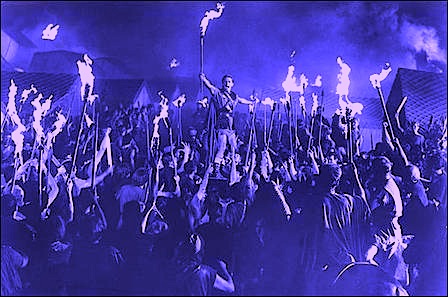
Last time, as some of you may recall, I broached the tender subject of character names. I did so with some trepidation, naturally: writers, especially those in the throes of completing their first novels, are often very protective of their Muse-given right to name characters precisely as they see fit. Never mind that a skimming reader is extremely likely to confuse characters with names that look alike — or sound alike; Oliver, Olivia, and their cat Vetiver are going to their literary graves with those monikers, thank you very much, as are Justin, Jason, and Augustine.
Don’t tense up, similar name-lovers: I shan’t be trying to convince you that Clarence and Terence might not be the best conceivable names for the protagonist and antagonist of an adult novel. (Although I would love to see their adventures in a picture book.) I’ve given you enough concrete examples, both in my last post and in the depths of the Frankenstein manuscript series, for you to make up your own mind about whether Becky and Betsy are in fact the most reader-friendly names you could give your protagonist’s identical twin love interests. You’re intelligent people; it’s your choice.
Whatever you decide, however, and perhaps even before you decide, may I proffer a minor suggestion? Prior to making any changes to the names in your manuscript, read through it (preferably IN ITS ENTIRETY, IN HARD COPY, and OUT LOUD, of course) and create a list of characters, along with notations of where they appear throughout the text.
Why did I duck under the nearest table immediately after having brought up that possibility, you ask? Well, the last time I suggested that if one’s novel is thick with named characters, it might be a good idea to make a list of who appears when, so the savvy reviser can see where to cull and who may be combined with whom, cries of “Madness! Madness!” filled the land.
“Are you crazed, Anne?” angry mobs of revisers cried, waving their pitchforks menacingly. “I barely have time to write as it is — are you seriously suggesting that I devote hours and hours to noting on which pages every character in the book might be found?”
Yes, as a matter of fact, I am. Stop dipping those torches in pitch long enough to hear why.
In the first place, should you decide down the line that you do indeed want to change one or more characters’ names, that list will be positively invaluable. From past experience, I can tell you that if a writer does not have such a list in hand when she decides to change her protagonist’s name from Georgine to Georgette, she’s almost certainly going to miss a Georgine or two.
Leading, of course, to the classic irate editor’s comment: “Who is Georgine? And is it really a good idea to have two characters with names as close Georgine and Georgette? The scan too similarly; readers are likely to mix them up.”
Hey, the hypothetical editor said it; I didn’t. Go wave your torches angrily elsewhere.
The second reason a savvy reviser might want to produce a character list is that, frankly, most aspiring writers harbor rather fuzzy notions of how many named characters populate their books. If you have been adding scenes — and, let’s face it, most self-editors do; thus the Frankenstein nature of much-revised manuscripts — you might easily have ended up with 25 more characters than you intended in Chapter 1.
See where I’m going with this?
Character multiplication is usually inadvertent, after all. I’ve read manuscripts where the minor characters not only could easily have staged their own production of WAR & PEACE without double-casting any extras; occasionally, I see texts whose citizenry could have formed its own representative government.
Yet without exception, the authors of such heavily-populated tomes say the same thing: “Oh, there aren’t that many. A reader who was paying attention would have no problem keeping them straight.”
If you’ll pardon my saying so, that’s not the kind of statement a writer should be making if she doesn’t know for sure how many characters are strolling across the pages of the most current draft of her manuscript. If you actually list each and every character, you may be astonished at just how many of them there are.
Don’t shrug — seriously, since most writers do not keep running tallies of the characters in their books, it’s not all that hard to end up with 50 or 100 named characters without realizing it Especially if they are introduced many at a time, without much character development for any given one, it isn’t precisely reasonable to expect the reader to keep track of them all, is it?
The third reason — oh, I have not yet begun to run out of arguments yet — is that such a list will help you see not only where you might want to begin culling the herd of bodies in the background, but also enable you to see who could potentially be consolidated with whom — and who absolutely could not. If you keep track of how often and where a particular character appears, you will be able to tell when a character who appeared once on page 15 carrying a load of firewood turns up again on page 310 entering the diner…and thus could not possibly be across town on page 312, assisting a gang of thugs in smothering the mayor.
Think of it as trying to cast a production of Spartacus with a very small troupe of actors: you probably won’t be able to foist many more duties upon the leads, but the bit players could certainly play multiple roles, right?
Fourth, knowing who the players are and in what scenes they appear can also alert you to patterns in where characters tend to pile up in your work in general. If you’re the kind of writer who, for instance, leans toward naming every single soul attending any given party, from the canapé-servers right down to the couple necking in the corner, you will want to be aware of that predilection before you write your next party scene, won’t you?
Won’t you? (Please lie to me, if not. My back is still hurting enough that I am composing this in bed; I could use some cheerful thoughts wafted my way.)
If, on the other hand, you tend to emphasize your protagonist’s loneliness by having other characters engage in banter around him, seeing that pattern manifest on a list may lead you to question whether it needs to happen quite so often in the book to make your point — or with quite so many different characters providing contrast. Or cause you to question whether a reader might conclude that your protagonist is either an unemployed mime or not an actor in his own story.
Constructing a character list can, in short, alert you to both point overkill and the dreaded Passive Protagonist Syndrome. Just between us, our old pal, Millicent the agency screener, would be overjoyed if you were to ferret out both of those tendencies before she saw you submission, rather than after.
Wait — does all of that shifting in chairs, rolling of eyes, and martyred sighing indicate that that not all of you are completely convinced that taking the time to tote up your characters is worth your while? Do you think that it might be a grand idea for some benighted aspiring writers, but you have too clear a conception of your manuscript to render it useful to you?
Okay, those of you with complete command of your manuscripts, let me ask you: how many characters are there on page 37? More to the point for submission purposes, how many appear on page 1?
Did those questions catch some of you by surprise? No wonder: so far, in discussing how to keep your characters from blurring together in the minds of swiftly-scanning agents and editors, I’ve concentrated on the scene and paragraph levels. Now, I’m raising the discussion to the book level.
Let’s assume for the moment that you’ve refined your opening scene (and chapter) so that characters are introduced in discrete, memorable groupings, as I advised in the my last post. Let’s also say for the sake of argument that you’ve minimized the possibility of name confusion by christening your characters as differently as possible — Selma and Thelma are now Selma and Marie. All that being done, you may now sleep soundly at night, secure in the knowledge that each of your characters is distinctly memorable, right?
Not necessarily. You might still have too many named characters in the book.
And yes, in answer to what some of you just screamed, you should care about that. If you have a cast of thousands, it’s going to be much, much harder for any reader — let alone a professional one like our friend Millicent, the agency screener — to care about individual characters. When attention is spread thin, affection starts to waver. Still worse, when a reader has to keep track of 77 different names, it can become a trifle difficult for him to tell which characters he’s supposed to be following.
It would, I suppose, be handy if the Great Gods of Literature (or even someone like yours truly) laid down the law about how many is too many, decreeing that four is the maximum for this kind of scene and eight for that. As I mentioned last time, though as far as I am aware, there is no strict standard for recognizing character overpopulation.
What works best varies from book to book. The only widely-used criterion I know is whether the reader starts to have trouble telling them apart — which, lest anyone forget, if bound to happen faster if the names are too similar. Characters whose names sound similar or begin with the same letter are prime candidates for blurrage. (Yes, I know – it isn’t a word. But it should be.)
A good test of whether your novel is overstaffed: hand a hard copy of it to a reader who does not know you very well (and thus has no incentive to lie to keep you happy), and ask him to stop reading when the number of characters becomes bewildering. Have him mark where he threw in the towel by folding that page in half.
Ideally, you will get the manuscript back with every page pristine, naturally, but if that folded page falls within your first fifty pages — i.e., in the part of the book that an agent would be likely to ask to see first — you should consider making some major cast cuts. If the folded page falls within the first chapter, I would suggest going back and reading my last few posts, because in all likelihood, there are too many characters up front.
If you are too shy to recruit help, you can do a version of this test on your own, by sitting down with your manuscript and a highlighting pen and marking every proper name. Even better, you could go for broke and make an actual list of characters.
Wait — where have I heard that excellent advice before? There must be an echo in here.
The easiest way to generate such a list is by using the FIND function in your word processing program and noting each page number. I like to keep the results in a spreadsheet, so I can sort it by character name, chapter, page number, and what the character is doing at the time. (Yes, that US an insanely meticulous thing to do, but then, I’m an editor by trade. My clients pay me good money to read their work with a magnifying glass.)
Why keep track of the extra data? To make it clearer which groups of minor characters could be consolidated into just one or two. If, for instance, my spreadsheet tells me that five different characters shoe horses throughout the book, and if the story does not involve a trip on horseback of several thousand miles between smithies, I would be tempted to make all five the same character.
Noting where each character appears — in addition to making it SUBSTANTIALLY simpler to go back and find those four extraneous blacksmiths and put them to death, literarily speaking — also makes it apparent which named characters appear in only a single scene. In my experience, character-heavy books tend to feature a LOT of one-off cameos; generating a list will help you go through all of the one-timers to check who is actually necessary to keep.
And if the idea of doing away with these folks makes you sad, remember: Characters are notoriously recyclable. If you become a career writer, this is not the only book you will ever write. You may well find that Blacksmith Bob of today can be very happily recast as Soda Jerk Bob tomorrow.
I sense some of you shifting uncomfortably in your chairs again. “But Anne,” some of you protest, glancing at your watches, “I realize that what you’re suggesting is something I could conceivably be doing while I am sitting down and reading my manuscript IN HARD COPY, IN ITS ENTIRETY, and OUT LOUD before I even consider submitting it — and in an ideal world, I would follow your advice to the letter. But frankly, I can barely find time to write, query, and/or submit as it is. You wouldn’t happen to know any short cuts for ferreting out extraneous characters, would you?”
As a matter of fact, I do, but I’m hesitant to roll ‘em out, lest that discourage any of you from going over your manuscripts with the proverbial fine-toothed comb. I can’t even begin to tote up how many writers, aspiring and established both, I’ve heard wail, “Oh, if only I’d caught that simple, easily-corrected error before I sent out my manuscript! Now that terrific agent/dreamy editor/stern contest judge will think I’m a bonehead!”
Bu if you will all promise not to use the tricks as a substitute for reading your IN HARD COPY, IN ITS ENTIRETY, and OUT LOUD before sealing that submission envelope, I’ll go ahead and talk about them now.
My favorite technique is one that occurs more or less automatically to professional readers at about the 10,000th scene mark: becoming aware what kinds of scenes tend to invite minor character lurkage en masse. Including, but not limited to…
1. Any scene featuring a congregation.
If hell is other people, as Sartre suggests, then wedding and funeral scenes in novels almost invariably reek of brimstone. These events are notorious amongst professional readers for introducing entire churchfuls of extraneous characters.
Even when all of the masses are not named individually (although you’d be astonished how often a dozen or so are), it doesn’t take many lines of physical description or multi-party banter to convey the impression that a small, intimate wedding has a guest list to rival that of Prince Charles and Lady Diana’s nuptials.
Allow me to suggest: if behinds are in pews, it might be a good place to start trimming.
2. Any scene that takes place where strangers tend to gather.
Pay close attention to scenes set in coffee shops, bars, class reunions, Ellis Island, airplanes/-ports, trains, buses, workplaces, and party scenes in general. All of these venues seem to attract single-appearance characters as surely as a red carpet attracts celebrity gawkers.
Was that massive sucking noise I just heard a collective gasp of indignation? “But Anne,” cast-of-thousands-mongers cry, “you’re asking me to disembowel the collective identity of modern urban life! How can I describe the complexity of the human environment without enumerating the individuals who are part of it?”
Describe away — and if you’re into enumerating, I’m not going to stop you, although your agent and/or editor may well. All I’m suggesting here is that you not insist on introducing each of the bystanders to the hapless reader as if she were the mother of the bride in a receiving line.
Not every minor character deserves to be identified, does he? Not only does pointing everyone out tend to get a mite tedious and slow the pace of the narrative to the proverbial crawl, to a professional reader, a group scene where everyone is named down to the last poodle and great-grandfather reads as though it were simply an account of something that actually happened to the author. When the guest lists are long and specific, the jaded reader will think, “Great — when do we get back to the fiction?”
Or the memoir, or the historical account, as the case may be. Which brings me to:
3. Any group scene depicting an actual event — or based upon one.
Of course, suspecting scenes ripped from real life is not always fair, but when writers lift scenes from real life into their novels, they do tend to include direct one-to-one correlations between the actual people and the fictional ones. Often, but not always, they do this just in case the people in question should ever pick up the book.
“Oh,” they say, pointing at the page. “That’s me — I’m the one brandishing the flaming torch.”
The names may change, but if Aunt Bessie, Aunt Cassie, and odd Cousin George appear in the text so fleetingly that they don’t make an impression upon the reader, that’s a pretty good tip-off to someone who reads a lot of manuscripts that the author is blessed with two aunts and a cousin who might reasonably be expected to buy the book when it is published. While this practice tends to delight the kith and kin mentioned (and create grudges in those not mentioned — another good reason to eschew the temptation), it’s not harmless. Both professional and casual readers alike are likely to find it problematic.
Why? Well, such references can be very amusing for readers familiar with the fine folks mentioned in the book, as well as their kith and kin. Generally speaking, though, unless a minor character plays an actual role in the plot — as in contributing some action or information that moves the story along — he will not be memorable to readers who do not already know the correlates in question.
You indignant gaspers are getting restive again, aren’t you? “Yes, yes,” you mutter impatiently, and who could blame you? “It’s not the most efficient means of storytelling; I already know that. But I fully intend to rectify that by making Aunt Bessie the gas station attendant in Chapter 47, Aunt Cassie the librarian in Chapter 12, and Cousin George Massey the second corpse who rises from the dead on the honeymoon. Happy now?”
Not necessarily. Even if the characters in a crowd scene do appear elsewhere in the book, it can still be pretty tedious for the reader if the narrative engages in a full roll-call. Or even a partial one.
Come closer, and I shall divulge a cherished secret of the editing trade to you: lists tend not to make for very interesting reading. (And yes, you do have my permission to quote me — with attribution, of course — the next time your boss insists that you sit through yet another PowerPoint presentation.)
Mentioning characters just for the sake of mentioning them is seldom very interesting to the reader, at least when the characters in question are not integral to the action. Bystanders are not, by and large, memorable to the average reader. Especially in the opening of a book — where, all too frequently, it’s not clear which of the cast of thousands in a scene is the one (or dozen) that the reader is supposed to remember.
If, indeed, it’s important to the plot to remember any individuals among them at all. Even in a memoir, it often isn’t, from a pure storytelling perspective.
I know, I know: you’re not going to be able to convince anyone who participated in the real-life events that s/he was not integral to the action. But just as not every detail within a physical space is either necessary to mention in order for a reader to be able to picture a place or interesting if you do, not every character in a real-world situation belongs in the written account of it.
Aspiring writers tend to forget that, as Millicent would be only too happy to tell you — not just that everyone who appears in our mental image of a crowd scene (or in our recollections or photographs of it, if we’re writing memoir) is going to be integral to the action, in storytelling terms, but that every new character name is something else for the reader to remember. That saps energy that would be better utilized getting involved in the story itself.
Or, to put it another way, every time a reader, professional or otherwise, mutters, “Wait, who’s Gerald?” s/he has been pulled out of the story. A top-flight storyteller — which all of us want to be, right? — tries to eliminate such jarring moments entirely from her readers’ experience.
One way to minimize such exclamations is to bear in mind that just-mentioned-in-passing characters are rarely memorable from a reader’s perspective. Every editor in the biz has at one time or another been confronted by an author angrily waving a manuscript in her face and shouting, “What do you mean, where did this character come from? Alice was the third bridesmaid at Ben’s wedding in Chapter Two, for heaven’s sake!”
Invariably, the irate author is factually correct on points like these. The character will indeed have been mentioned by name in passing, as in:
The bridesmaids, Greta, Elaine, and Alice, were dressed in an eye-searing chartreuse that left Ben wondering just what these old friends had done to his bride back in junior high school to make her hate them so much.
200 pages later, out of those three never-again-mentioned bridesmaids, the author expects the reader to remember Alice — and apparently only Alice. At the risk of seeming impertinent, why should he?
Unless he happens to be blessed with an unusually retentive memory, he won’t — and even Millicents, who often do have such excellent memories, tend to resent being expected to use them to keep 157 characters straight. At the submission stage, unless a character is central enough to what’s going on in a scene to warrant development, you might want to consider whisking her out of Millicent’s sight, at least for the time being.
“For the time being?” I hear some ambitious character-generators out there piping hopefully. “Does that mean I can bring Aunt Cassie back after I’ve landed an agent and/or editor for this book?”
Sure — just because you take a few (or a few hundred) characters out of your submission draft of a novel doesn’t mean that you can’t reinsert them later in the publication process. There is no law that says that an author can’t offer a stripped-down, swiftly-moving version of her novel to agents and editors — and then, after the ink is dry on the relevant contracts, say to your editor, “You know, I’ve always thought that there should be more bridesmaids in Chapter 2. Like, say, fifteen. How would you feel about Alice’s being one of them?”
Remember, no manuscript is set in stone until it’s actually in print between covers; no matter how often or how well you polish yours before submission, expect to be asked for revisions. Especially these days, when it’s not at all uncommon at the large U.S. publishing houses for the editor who acquires a book not still to be on the job — or at any rate, in the same job — by the time that book comes up in the print queue. I don’t want to horrify anyone, but within the last couple of months, I’ve talked to authors who are on their fourth and fifth editors.
Think each of those editors has shared exactly the same vision of the book, or wants the same changes? And what’s the probability that at least one of them will hate the name Georgette, and want you to change it to, say, Georgine?
Now more than ever, it behooves writers to keep their creative options open. The better-organized you are, the happier you will be at last-minute revision time. Go ahead and keep copies of every major revision of your manuscript, so you can revisit the Alice and Georgine/ette issues again down the road. Hang on to that character list, too; someday, possibly between revisions 6 and 7 after you’ve signed with the agent of your dreams, it may come in awfully handy.
Now that I’ve frightened all of you into wide-eyed insomnia, I’m talking my aching back off to bed. Cast your stories carefully, my friends, and keep up the good work!
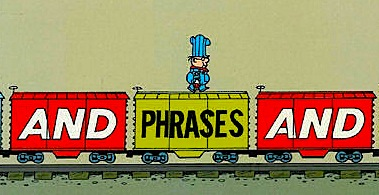
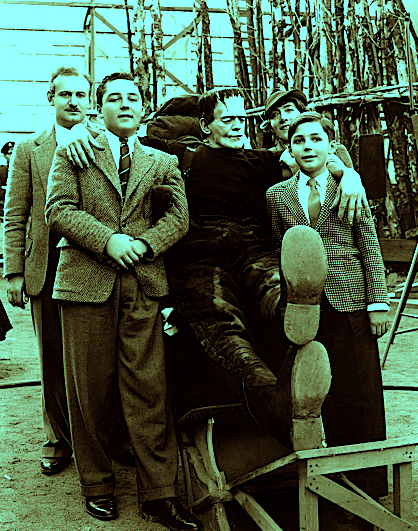


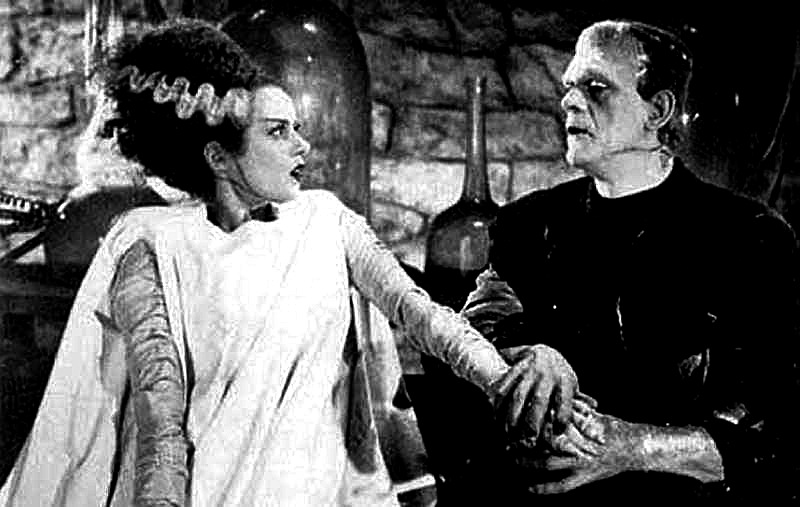
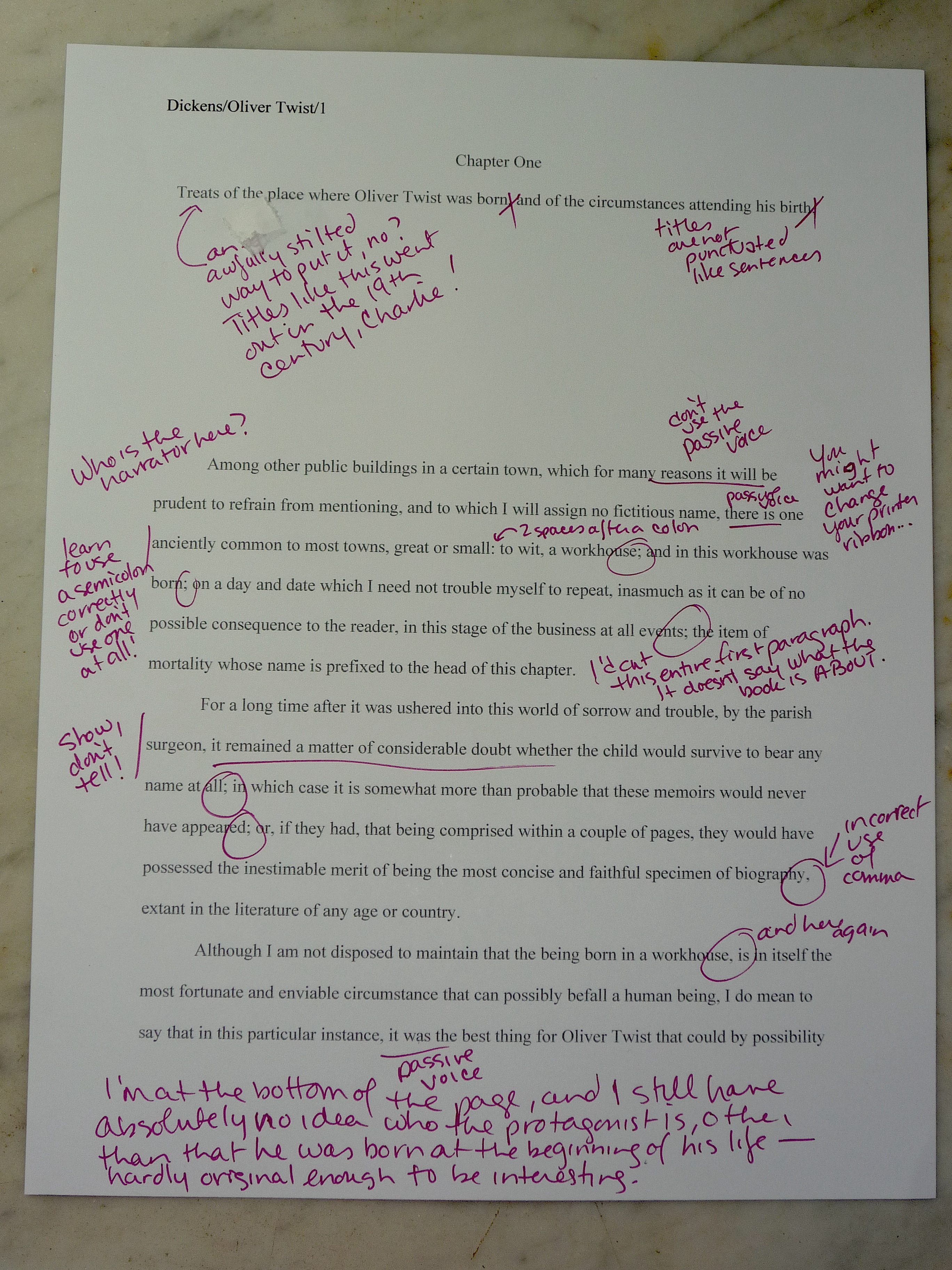
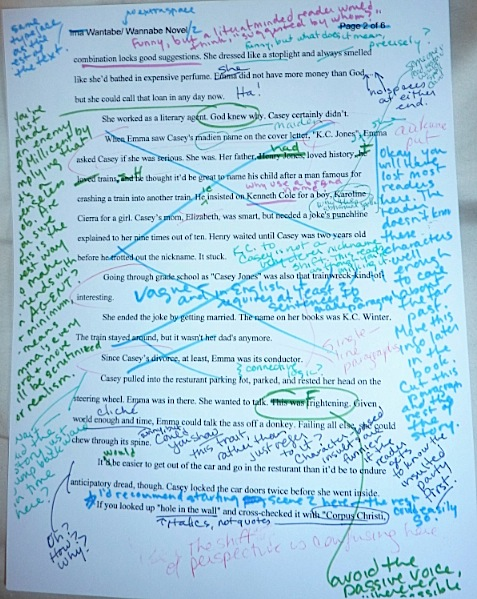

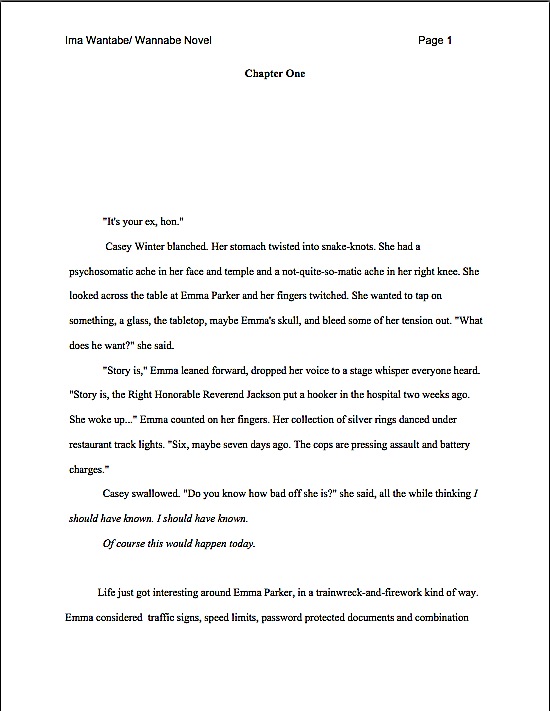
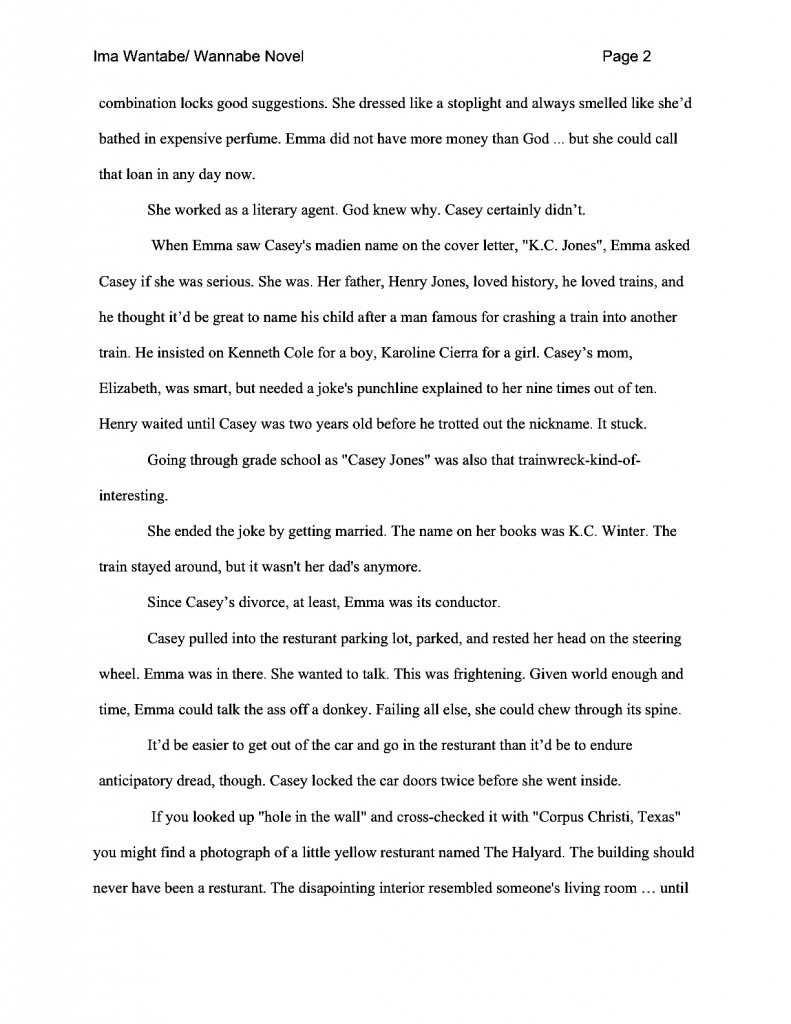

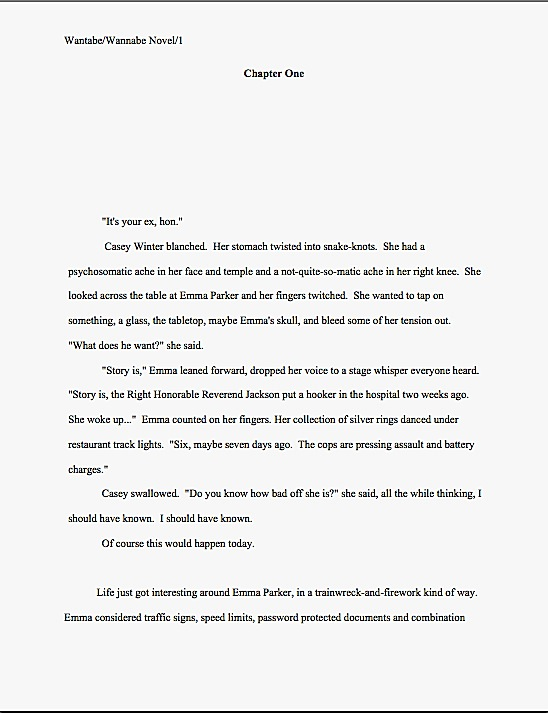
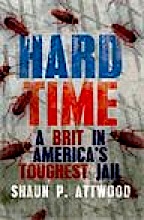

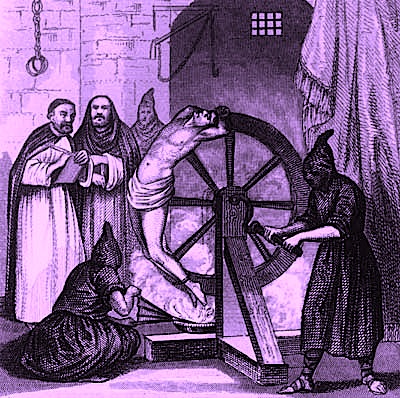

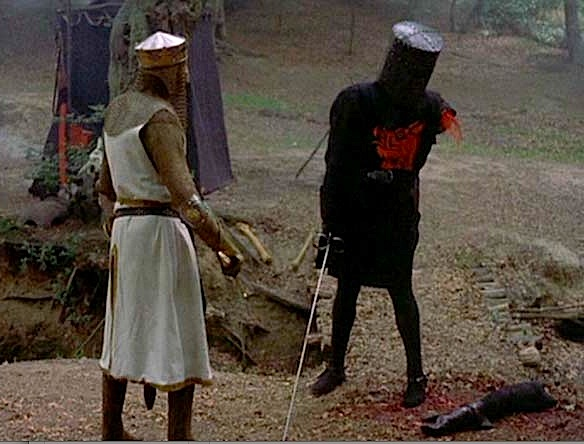

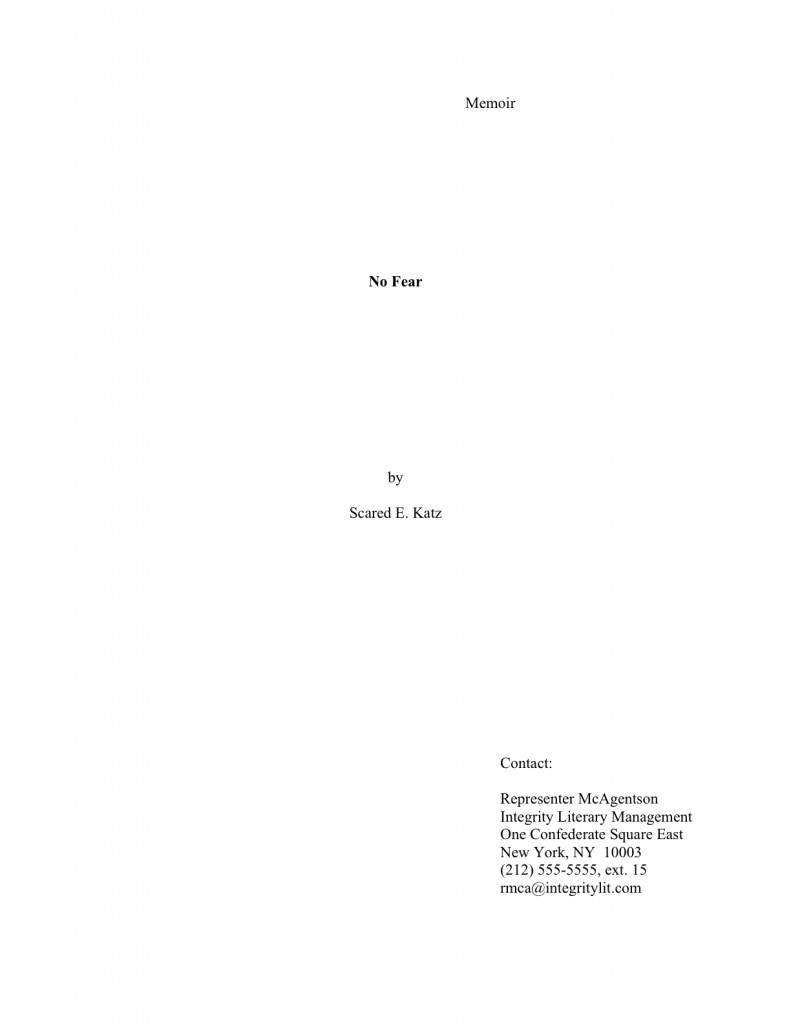
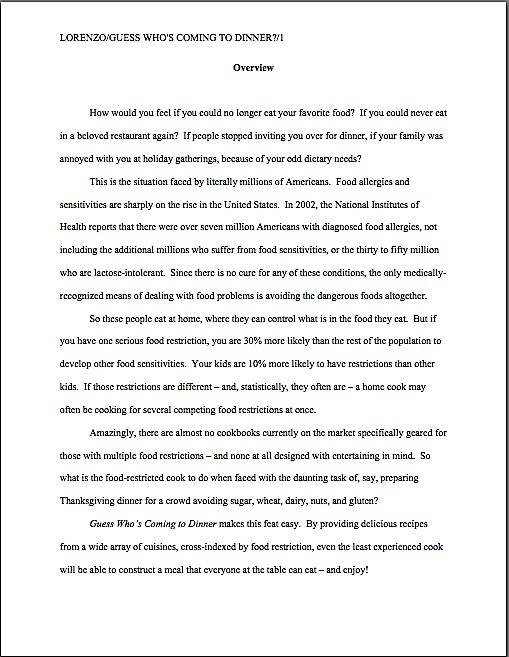

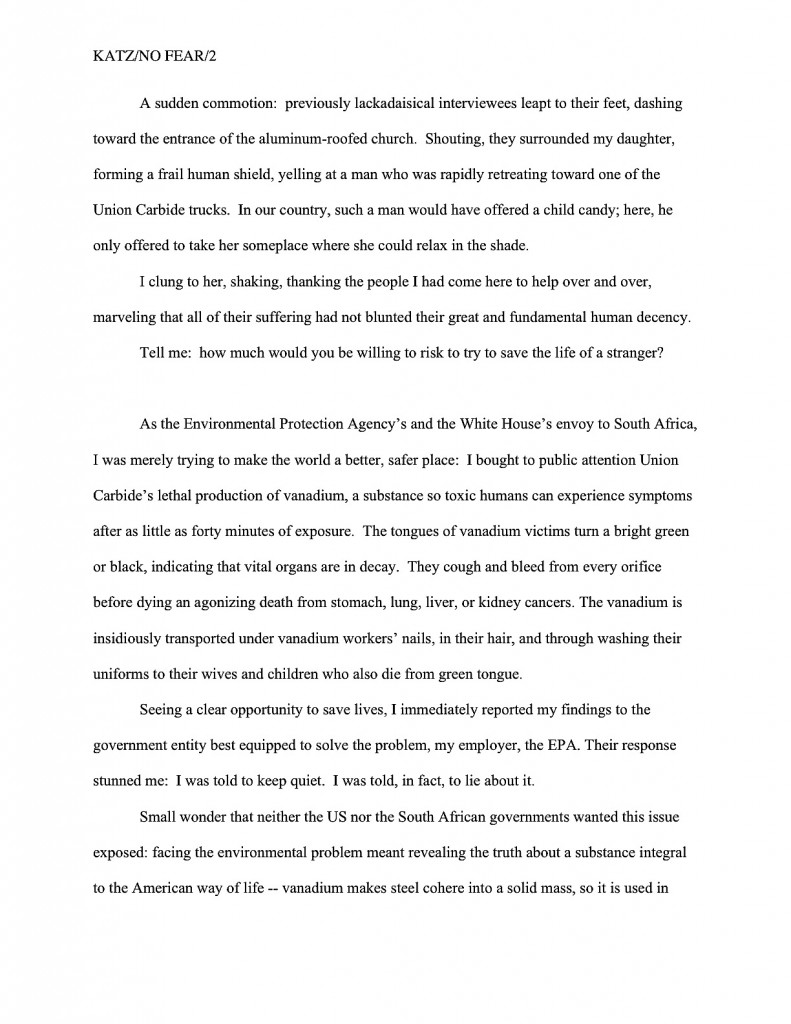
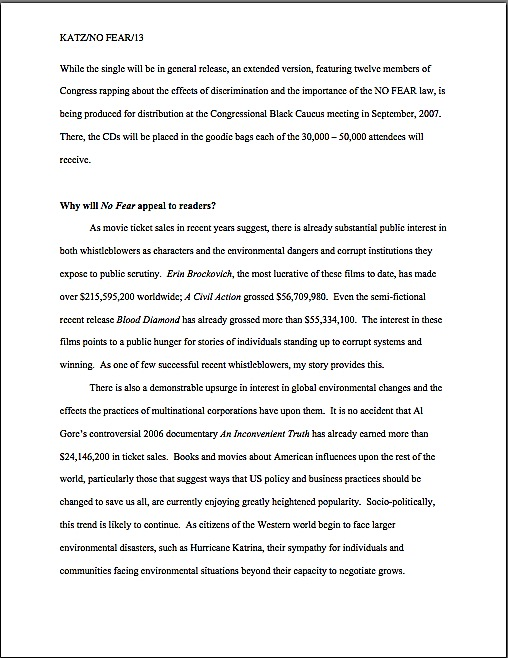


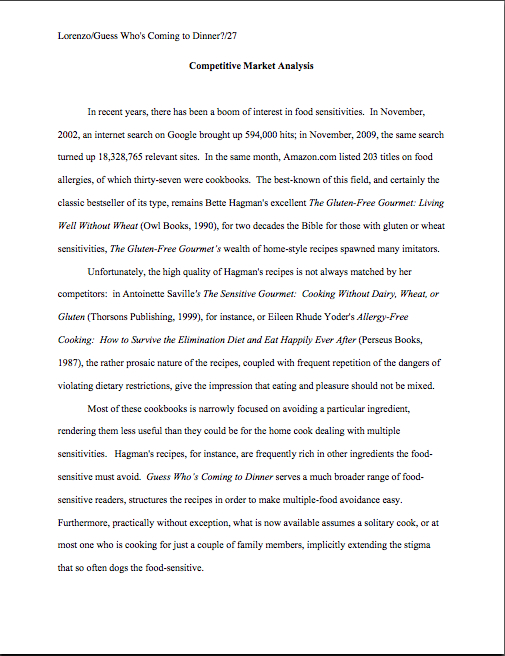

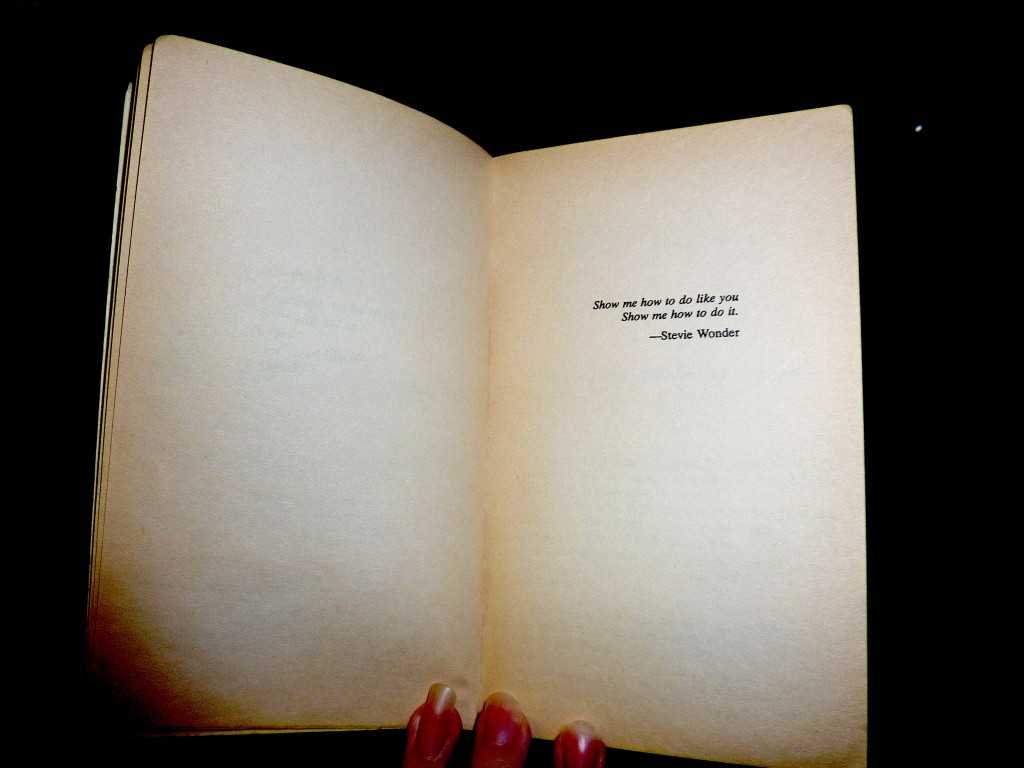
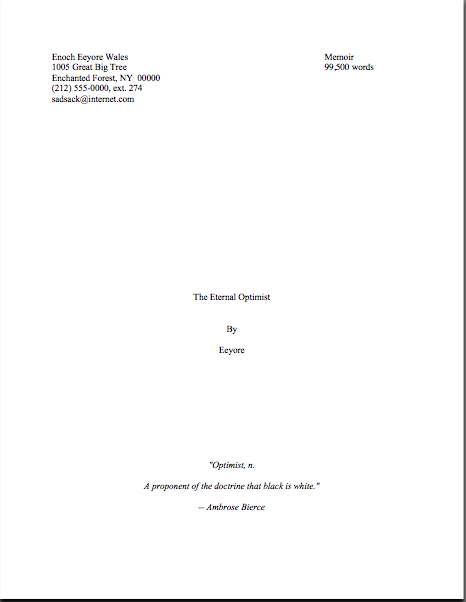

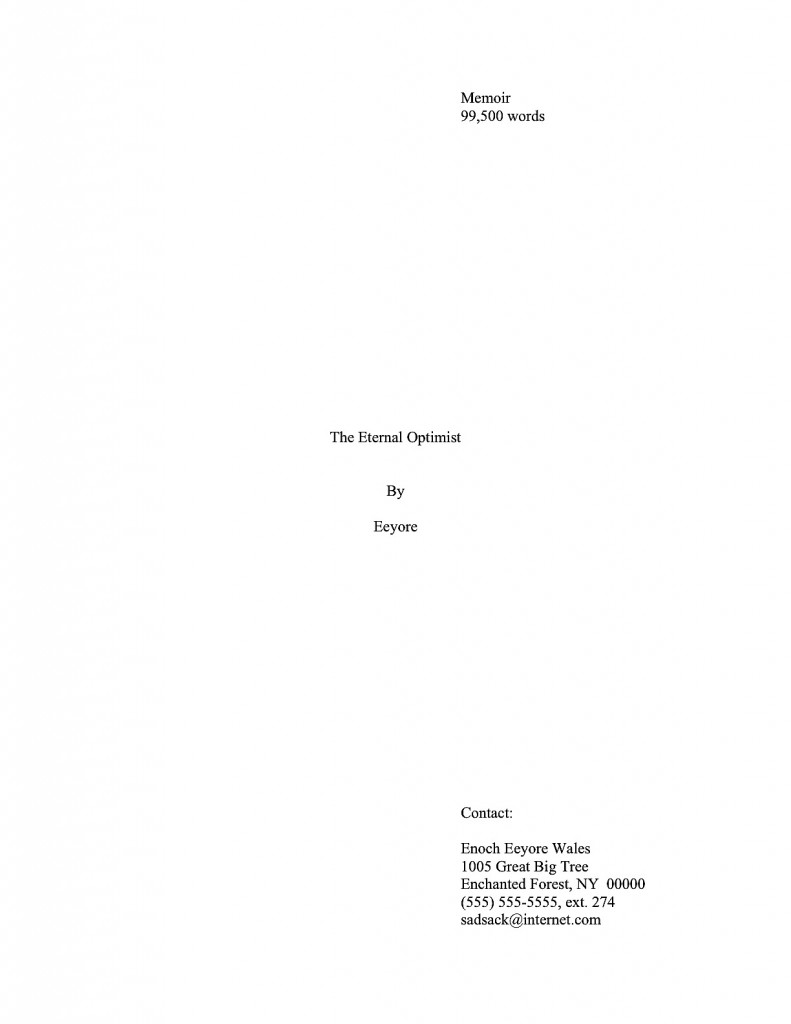




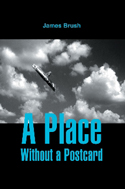
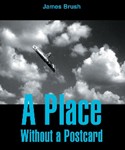 Paul Reynolds, a photographer who creates fake photos for tabloid magazines, wakes up with no idea where he is or how he got there. He can’t even recall his name. A strange man lurks nearby, breathing heavily and slowly flipping through a book. Paul hears the man’s breath, but he cannot see him. He realizes with mounting panic that his eyes no longer function.
Paul Reynolds, a photographer who creates fake photos for tabloid magazines, wakes up with no idea where he is or how he got there. He can’t even recall his name. A strange man lurks nearby, breathing heavily and slowly flipping through a book. Paul hears the man’s breath, but he cannot see him. He realizes with mounting panic that his eyes no longer function.




